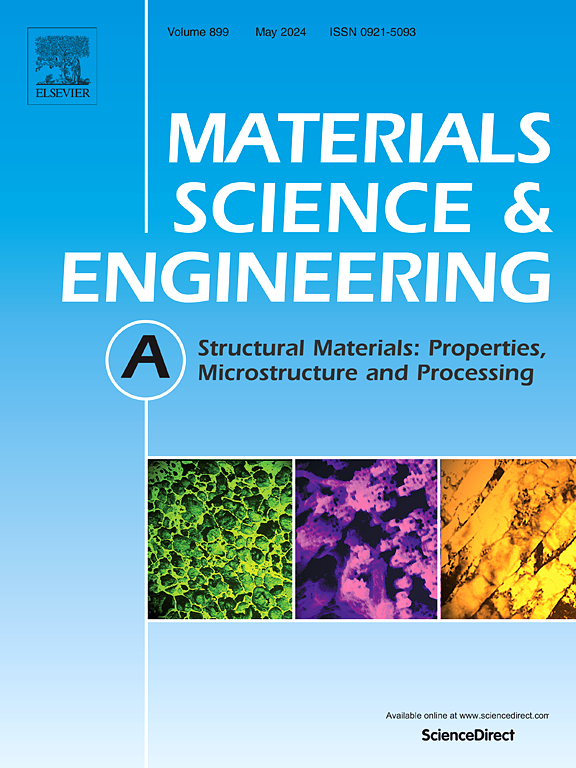Machine-learning prediction of creep strain rate in γ/γ′ cobalt-based superalloys
IF 6.1
2区 材料科学
Q1 MATERIALS SCIENCE, MULTIDISCIPLINARY
引用次数: 0
Abstract
A machine-learning model was built to predict the strain rate in the steady-state regime of any γ′ strengthened Co-based superalloy as a function of temperature and stress, given inputs of alloy composition, heat treatments, and microstructure (γ′ precipitate volume fraction). The model is trained on nearly 1000 distinct γ/γ′ strengthened Co-based superalloys reported in the recent literature. We developed additional intermediary machine-learning (ML) models, requiring only a compositional input, for six materials properties: solvus-, solidus-, and liquidus temperatures, peak hardness, as well as lattice misfit and yield strength (at ambient and elevated temperature). These intermediate material properties results are fed back into the ML model to improve the accuracy of creep prediction. Finally, we validate the model by predicting intermediate properties and creep properties for 16 new alloys with an alloying element outside the training data, for which we then experimentally determine these values. The results suggest that this method produces a model which provides valuable screening data for exploring the compositional design space—even when lacking training data in that space—but it is not accurate enough to use in full replacement of experimental measurements.
求助全文
约1分钟内获得全文
求助全文
来源期刊

Materials Science and Engineering: A
工程技术-材料科学:综合
CiteScore
11.50
自引率
15.60%
发文量
1811
审稿时长
31 days
期刊介绍:
Materials Science and Engineering A provides an international medium for the publication of theoretical and experimental studies related to the load-bearing capacity of materials as influenced by their basic properties, processing history, microstructure and operating environment. Appropriate submissions to Materials Science and Engineering A should include scientific and/or engineering factors which affect the microstructure - strength relationships of materials and report the changes to mechanical behavior.
 求助内容:
求助内容: 应助结果提醒方式:
应助结果提醒方式:


